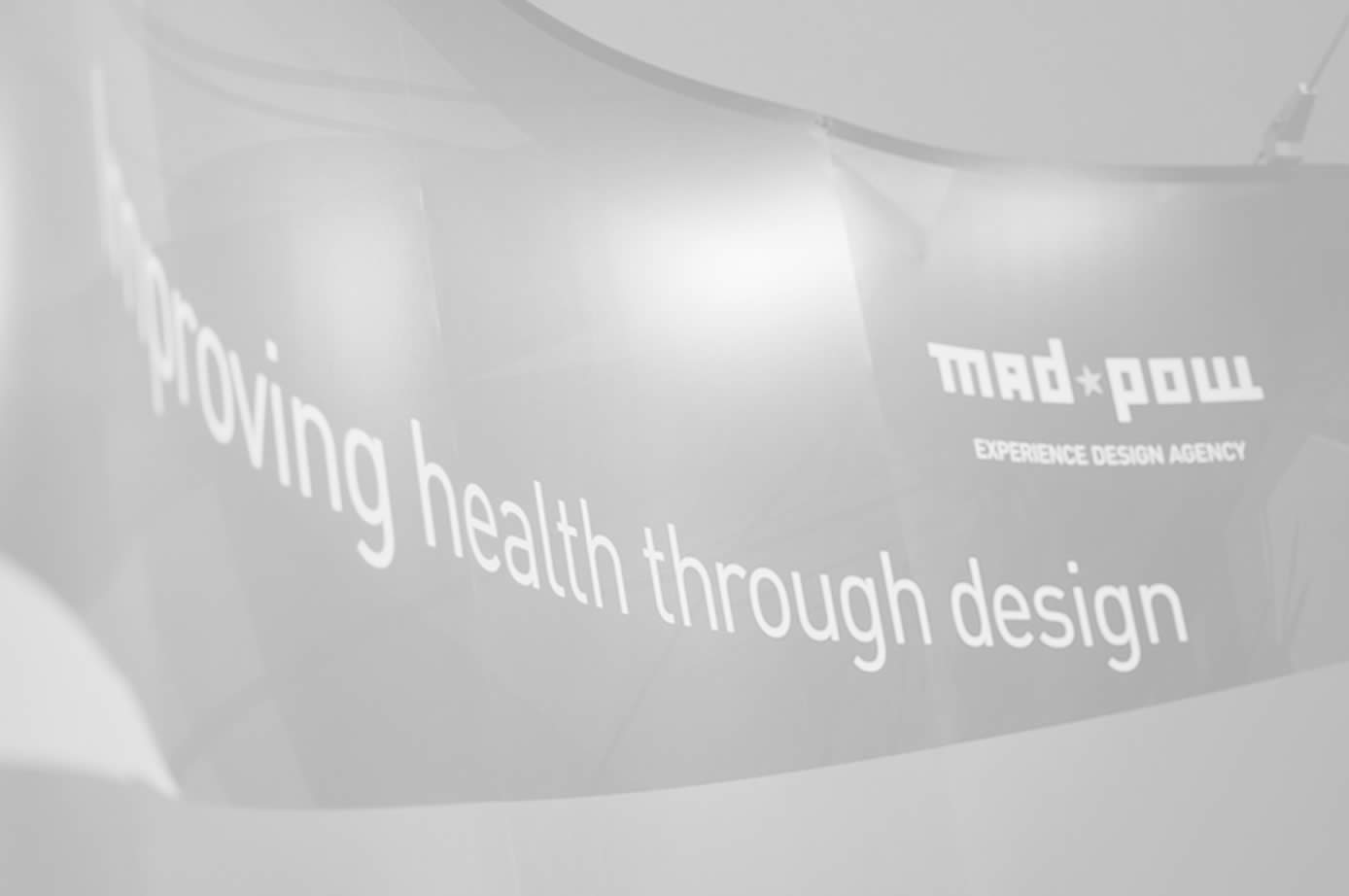At Healthcare Experience Design conference, designers rethink 'broken processes'
Mike Millard, Managing Editor, healthcareitnews
Article Published on March 26, 2013 - healthcareitnews.com
At the third annual Healthcare Experience Design conference on Monday, several hundred designers, developers and other creative thinkers put their minds to drawing up better experiences for patients and providers alike.
"We need you to help this industry learn how to do better," Jacob Reider, MD, chief medical officer at the Office of the National Coordinator for Health IT, told the crowd as the day began.
The day wasn't just about clunky, confusing, oftentimes aggravating electronic health record user interfaces - although there are plenty of those. (My wife, a Web designer, joined me at the conference to learn some new ways of thinking about her own profession; when I showed her some EHR screenshots, she recoiled in disbelief.)
Rather, the sessions and keynotes at the HxD conference took a broader view, rethinking the processes and systems involved in healthcare delivery and wellness - from physician workflow to patient engagement to population health.
Sandy Hilfiker and Molly McLeod, from Northampton, Mass.-based CommunicateHealth, which seeks to improve health literacy through user-centered design, showed how, in a nation where nearly half of Americans have limited literacy - and nine out of 10 have limited health literacy - patients must be drafted to serve as "co-creators" in the prototype stage of healthcare websites.
They offered a list of to-dos (and not-to-dos) for content developers: everything from avoiding long words and and dense walls of text, to specifying optimal color contrast and the best font sizes and line heights.
Toward the broader topic of how to drive patient engagement - or, as his session title put it, "How to Design User Habits" - Nir Eyal, a lecturer at Stanford, explained how some websites are "painkillers" (aimed at an obvious need, they serve a quantifiable market) and some are "vitamins" (targeting an emotions, engendering good feelings, they start out aimed at an as-yet unidentifiable crowd of user).
Sites such as Facebook and Twitter started out as so-called vitamins - but soon became indispensable to huge numbers of people, even filling deeper emotional needs than may initially have been anticipated.
The key to developing habit-forming technology, said Eyal, is to understand end-users' "internal triggers" - the emotional drives that motivate them - and develop technology that begins as "vitamin" and then "turns into a painkiller."
That's a lesson that could be learned, for example, by some health and wellness apps. As popular as they are, most are still often underused.
"Most people download health apps and never open them," said Cassie McDaniel, of the Centre for Global eHealth Innovation at Toronto's University Health Network.





